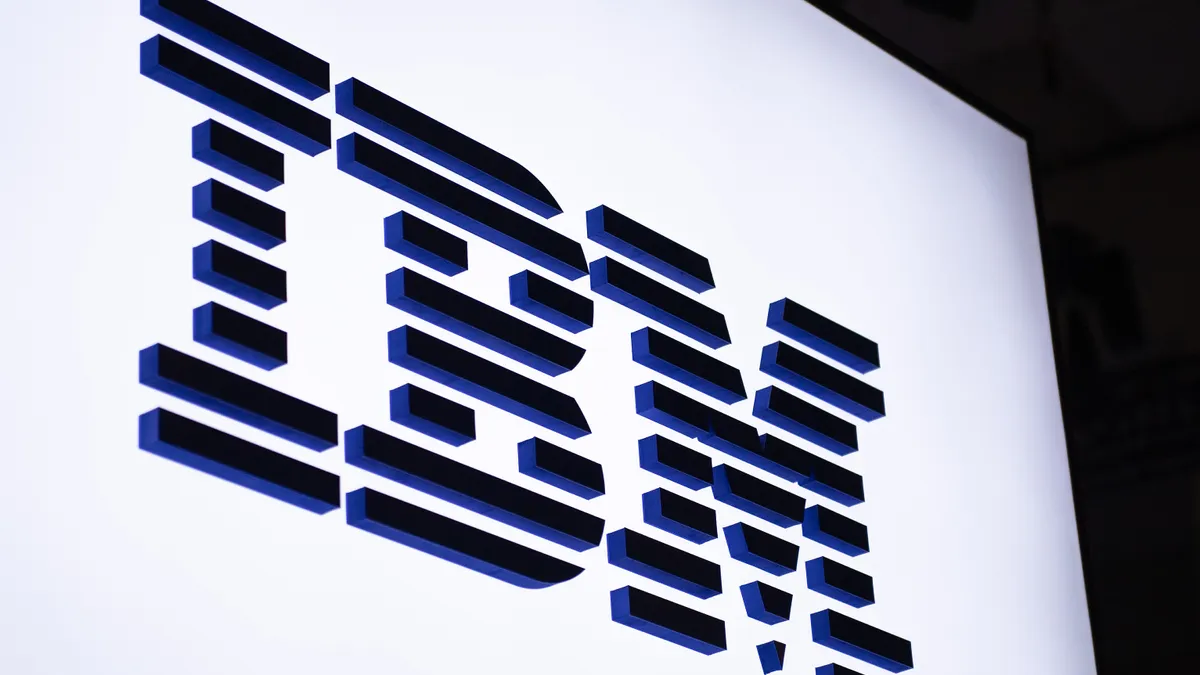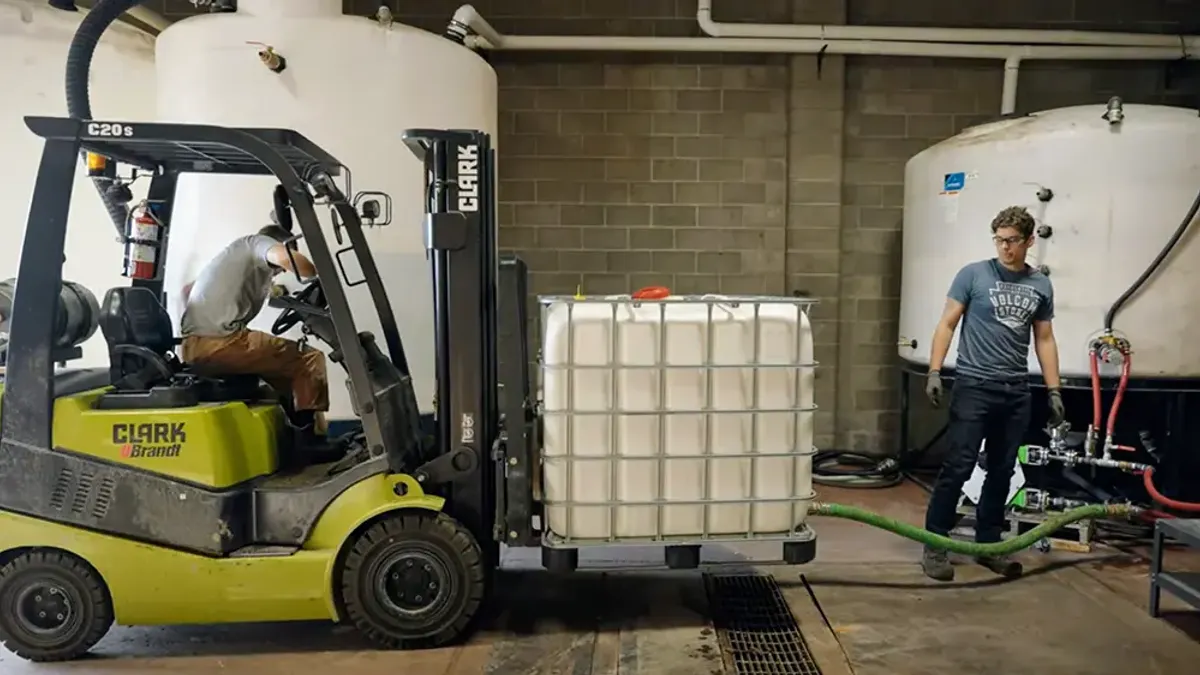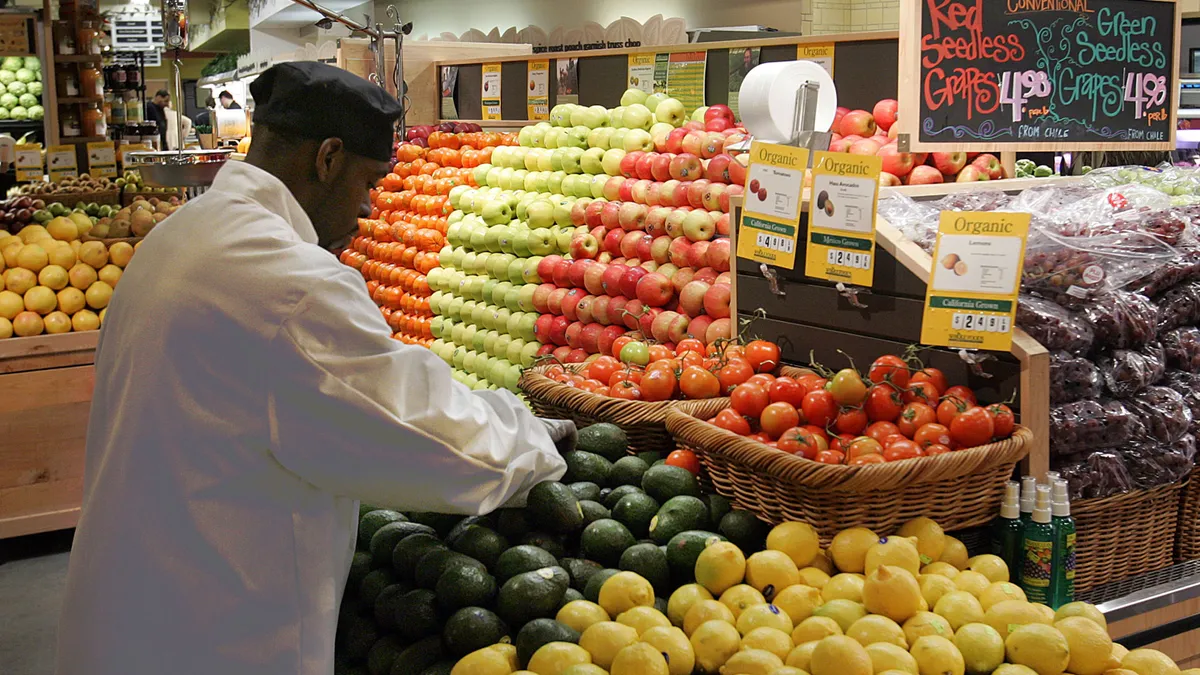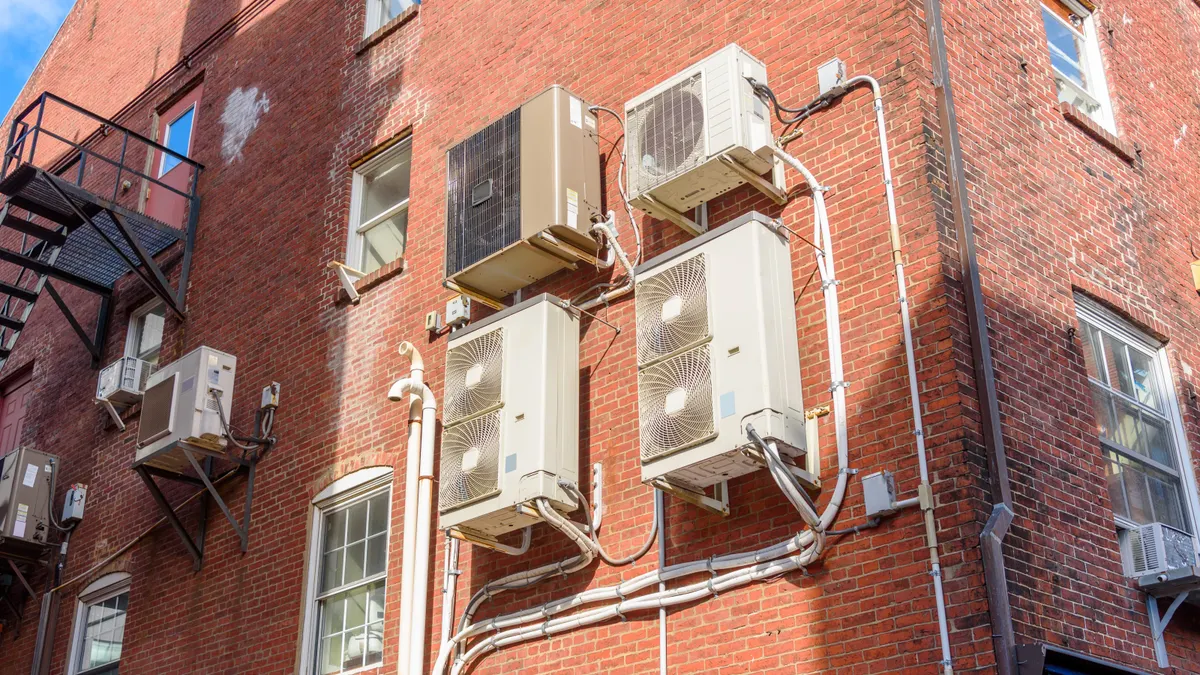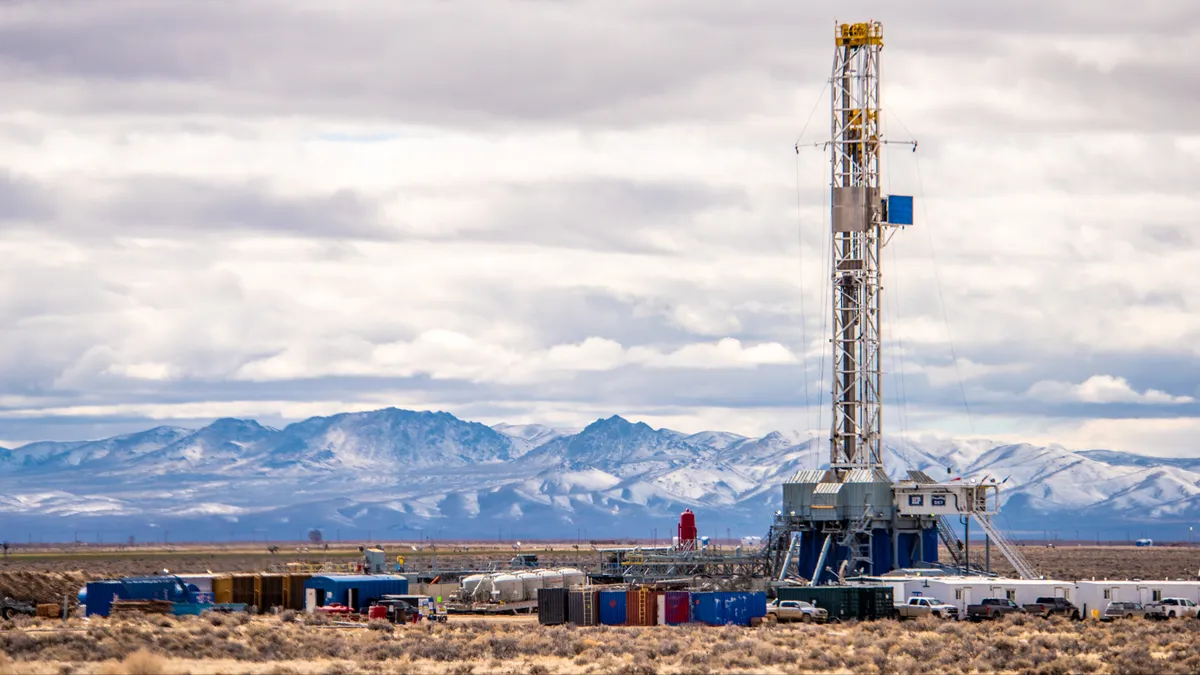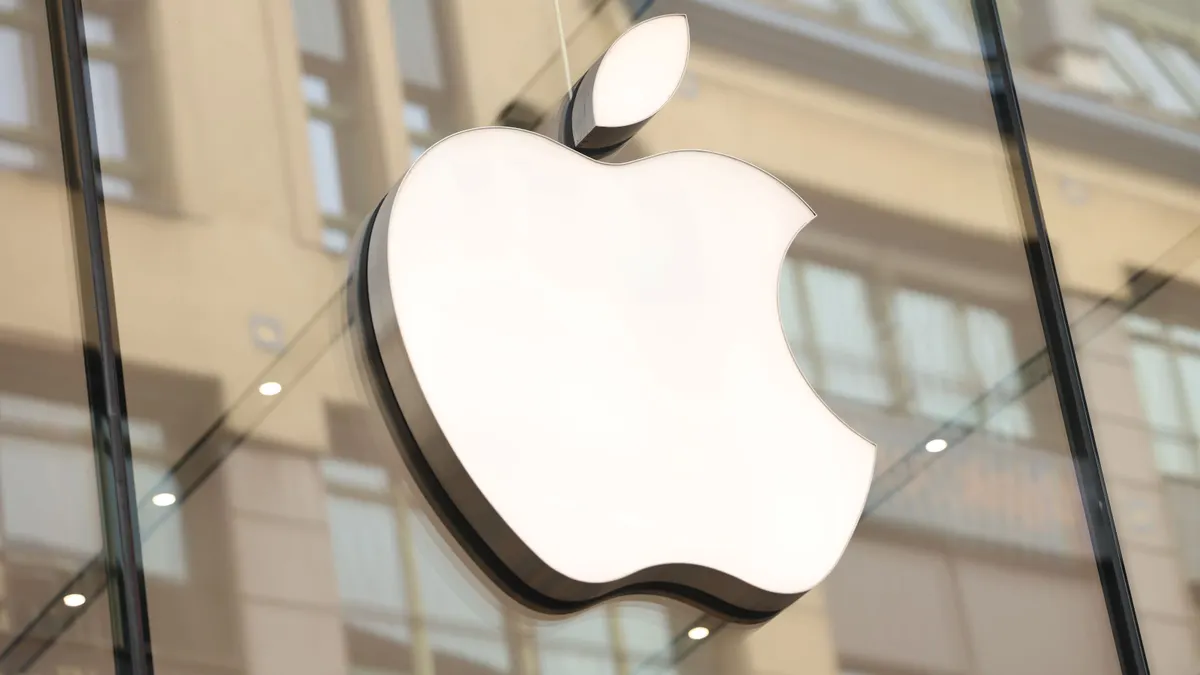IBM recently launched the latest cohort of its Sustainability Accelerator program, choosing five organizations across five continents as part of its fourth class focused on water management solutions. Each cohort works with IBM on a specific environmental issue, including sustainable agriculture, clean energy, and water and sanitation. The water management cohort includes the University of Illinois, who is developing an artificial intelligence to help predict and forecast rainfall and flooding across the Appalachian Mountains. Universities in the United Arab Emirates, India and Brazil, along with the western Australian state water corporation round out the cohort.
Sustainability Accelerator Leader Michael Jacobs, who also helms the sustainability and social innovation for IBM Corporate Social Responsibility, said the program utilizes IBM’s talent and technology to support the program’s cohorts.
“Many companies have social impact programs. Where I think we stand out is that we are definitively focused on vulnerable or otherwise underserved people,” Jacobs said. “We are genuinely trying to help people who need help the most.”
Editor’s note: This interview has been edited for length and clarity.
ESG DIVE: What does your day-to-day look like?
MICHAEL JACOBS: It is a lot of translating what IBM brings to market every day — our technology and expert services — to making a difference in the workflow. From opportunity sourcing for the community [and] offering help for the organizations on the ground that serve them, to what do we have to offer that would genuinely meet those needs. Then [it’s] managing the pipeline of vetting and due diligence and staffing and project planning to actually deliver all of that value to them.
Tell me a little bit more about the sustainability accelerator.
This is the primary way, as we develop products and services, that we can make a difference in the communities that we live in, work in and that we care about. We work with the organizations selected in each cohort for a minimum of two years. In those two years, we are designing, building and helping them to implement a technical solution that addresses that issue, with a specific focus on benefiting people who are especially vulnerable to environmental threats.
What are some lessons you all learned from cohorts who have completed the program?
One big lesson learned for me has been how big the ecosystem is for these topics. There are the sector players that you might expect in a field like agriculture, but of course agriculture is inherently tied to water. So as you peel back the onion, and you understand the root causes of issues on the ground, unsurprisingly — conceptually — but then, impressively so, you're in community [with others trying to tackle the issue].
The other big piece here is the gap in appreciation for what it takes to actually deploy technology in a way that end users are truly comfortable with. We have people who are true experts in their field, and are from these communities, bringing to the table exactly who we would hope for in a partner. But ensuring that the user experience for interacting with the best climate science in the world, for example, is what those users would want, that's a different challenge.
When you're selecting cohorts, are you trying to get different parts of that ecosystem or are you trying to focus on a single aspect of the ecosystem?
We are absolutely shooting for diversity in terms of what parts of the world we’re reaching; we try to have each of our five projects be on a different continent. [The company also aims for] diversity in terms of the organization type, so having a mix of nonprofit, government and academic for others.
How do you make sure you are providing technology and services in a sustainable way that doesn’t increase environmental impact?
In search of user-centered design, we kick off every engagement with the IBM Garage. That's IBM’s framework for practices like design thinking or agile software development, which, when done right, start with truly understanding the needs of your user or your customer. When you are designing around what that person's most immediate needs are … then you're able to really directly address the reason for you being brought in.
From there, diverse teams make a really big difference. The accelerator does try to execute projects with local IBM [employees] and local resources whenever possible. We do want to execute in local languages and with people who would understand the local culture best.
But in general, we're trying to design our products and services with diverse perspectives and backgrounds, and then to be transparent about how those solutions have been developed in the first place [and] how people's data is being used once it is being processed there.
How did you go about choosing the last cohort, and what are some of your overarching goals at the beginning of this process?
The overarching goal and our top line [key performance indicator] is to help people. Our top KPI is how many people are directly benefiting from this work. Generally, what we're doing is focusing on better understanding, either in the current sense or the future forecast, a water condition — that can be availability or quality or anything else. Then sharing that information with an organization who's planning an intervention [and] the people in these communities and those we're helping to have better situational awareness for what's coming up.
Has the water management group met as a cohort yet?
Each of the five projects is underway. Each of these organizations are already meeting regularly with squads of typically about 15 IBM [employees]. They are going through the IBM Garage process, and the targeted deliverable from that is what we call a technical roadmap, which is a consulting-style document that would lay out the user needs, early designs and recommendations for the implementation of a solution. We plan to convene the cohort together so that these organizations can hear from each other and exchange lessons learned. We'll do that in 2024. First in the cohort itself, and then with at least one of the other cohorts in the program so that people can learn sector to sector.
What are the reports out of those early meetings with the IBM teams?
People are excited. Water is an immediate challenge, and it's a global one. Most people in the U.S., for example, we may hear about water challenges and, historically, would have thought about this as being an issue for others. But of course in the American Southwest and many other places, there are real water shortage issues quite regularly or always. Elsewhere, there are water quality issues as a result of failing infrastructure.
So for everyone involved, it's really motivating. Additionally, we're in a place where technology continues to advance in really exciting ways, and we are seeing new application opportunities. So the IBM watsonx platform, which pulls together generative AI capabilities, presents really exciting new opportunities to better understand or forecast these types of issues. And it's cool to be able to marry technical innovation with social impact opportunities.
What challenges do the company or the program face?
There's a lot of complexity in the technology. And everybody is just beginning to understand that for things like generative AI. The answer would probably come back to ensuring that you're being responsible and inclusive, leveraging diverse teams and using transparent approaches. But generative AI is this big new beast, and we're just very acutely aware of trying to deploy it in the right ways.


